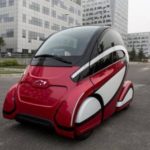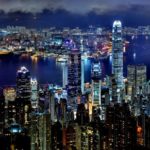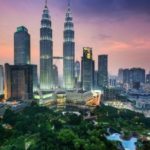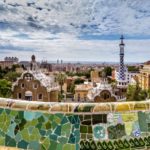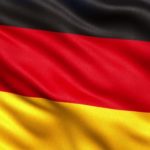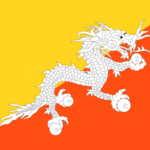18 interesting facts about traffic lights
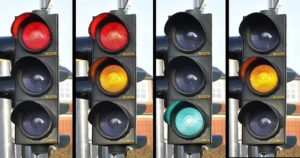 Traffic lights around the world have long become an indispensable part of the urban landscape. Well, almost all over the world – in some places the labor of police regulators is still mainly used, and this is only because local drivers often ignore traffic signals. Although the level of driving culture is growing everywhere, and these devices are becoming more widespread even in the most remote corners of the planet.
Traffic lights around the world have long become an indispensable part of the urban landscape. Well, almost all over the world – in some places the labor of police regulators is still mainly used, and this is only because local drivers often ignore traffic signals. Although the level of driving culture is growing everywhere, and these devices are becoming more widespread even in the most remote corners of the planet.
The first electric traffic light was invented by Lester Wire from the USA in 1912. It was a device with two signals, red and green, but his invention was never patented.
The first traffic light was installed on December 10, 1868 in London near the building of the British Parliament. It was controlled manually and had two semaphore arrows: raised horizontally meant a stop signal, and lowered at an angle of 45 ° – movement with caution.
In Prague there is a passage between houses with a width of 70 centimeters, in which a real traffic light hangs. But it does not work for cars, but to ensure that passers-by coming from different ends of the street do not run into each other.
Red above, yellow in the middle, green below – this is the world standard. They took it so that people who can distinguish only bright colors and some shades can calmly cross the street without risking their life, knowing where the signal is located.
Among color blind people there are people who do not distinguish between green and red colors, so modern traffic lights have an orange tint of the red signal and a blue tint of green so that they can see it.
The first three-color traffic lights were installed in the USA in 1920, in Detroit and New York.
In the USSR, a traffic light appeared only in January 1930, at the corner of Nevsky and Liteiny prospectuses in Leningrad.
In 1914, the first four traffic lights were installed in Cleveland, USA, Ohio, which emitted an audible signal when switching the color lights.
In the first traffic light patent, in addition to the technical design, its following purpose was indicated: “to make the intersection sequence independent of the person sitting in the car”.
In the small American town of Syracuse, where mainly the descendants of the Irish live, there is the only traffic light in the world where the green signal is located above and the red one below. It was installed in its standard form in 1925, but was constantly attacked by children who broke glass every day due to the fact that the green color symbolizing their homeland, Ireland, was below the red color associated with Great Britain. The city authorities surrendered after 3 years, and made the only traffic light in the world with the opposite arrangement of colors.
In 2008, the Ferrari team used a traffic light instead of a sign to signal the rider during a pit stop. The system acted completely automatically, but during the Singapore Grand Prix, because of the busy pit lane movement, I had to manually control the mind. The mechanic mistakenly gave the rider a green signal before the refueling hose was pulled out of the car, which led to the incident. After that, the team returned to the traditional tablet.
In Japan, the first traffic lights were blue instead of green, but over time it turned out that the human eye perceives green much better than blue.
In London, you can see a unique monument to traffic lights, which looks like a whole traffic light tree.
Scientists estimate that residents of large cities spend about 6 months of their lives waiting for a green traffic light.
There is a traffic light in Berlin that has 13 lights. This system is difficult to understand, so there is always a policeman nearby who explains his signals.
In Pyongyang, the capital of the DPRK, for a long time the residents did not know about the existence of a traffic light – the traffic was regulated by the girls-regulators who later became a landmark of the capital. To get this position, the girls went through a very serious selection. Now, however, traffic lights have already appeared in Pyongyang.
In Rio de Janeiro, drivers can drive through the red light from 10pm to 5am without stopping. This is associated with the risk of robbery at desert intersections, and to avoid this, the authorities allowed drivers to violate traffic rules at night.
In Singapore, at traffic lights, there is a system for the elderly and disabled, which can extend the transit time using a special card. Such pedestrians simply bring the map to the button, and the system turns on the green light 13 seconds longer than usual.







